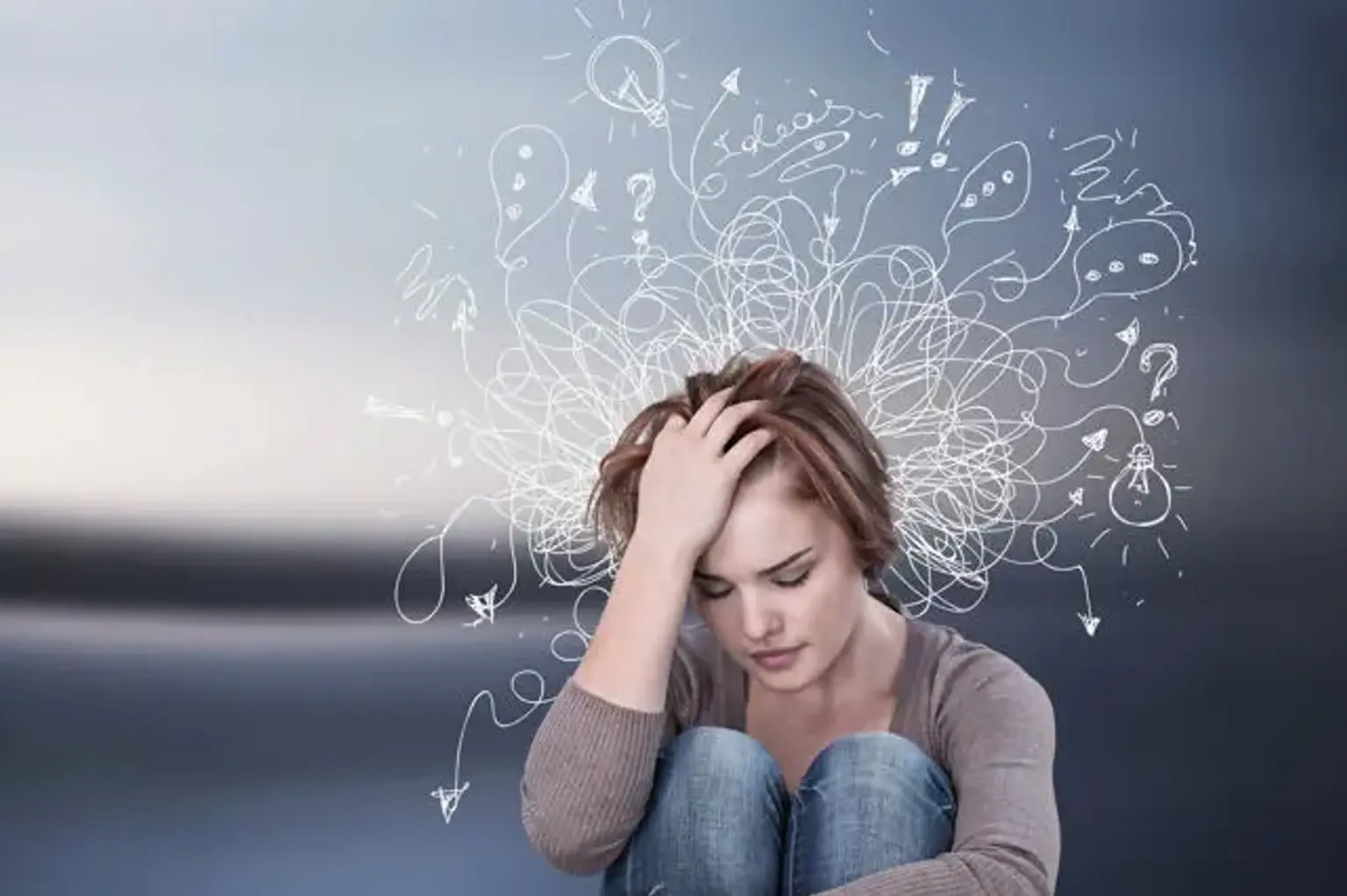Introduction
Opening Statement
Anxiety is a universal emotion, experienced by people across all walks of life. While occasional feelings of nervousness or worry are natural, for many, anxiety becomes a persistent and overwhelming presence. It can interfere with daily activities, relationships, and overall well-being. In recent years, awareness of anxiety and mental health has grown worldwide, including in Korea, where conversations around mental health are gaining traction. Understanding the signs and symptoms of anxiety is crucial to addressing this common but often misunderstood condition.
Anxiety's impact stretches far beyond fleeting worry, often making everyday life feel daunting. It is not just a personal struggle but a societal issue that deserves attention and empathy. Raising awareness can lead to better support systems and resources for those affected.
Why Understanding Anxiety is Important
Recognizing anxiety early can make a significant difference in managing it effectively. Anxiety doesn’t just affect the mind; it has profound effects on the body and emotions. Left untreated, it can lead to chronic stress, relationship challenges, and even physical health problems. This article will explore what anxiety feels like, its symptoms, and how it manifests physically and emotionally, offering insights into a condition that impacts millions globally.
Understanding anxiety is the first step toward destigmatizing it and helping those who experience it find relief. Whether you're someone living with anxiety or supporting a loved one, knowing how it manifests can pave the way for compassionate action and informed decision-making.
Understanding Anxiety
What Does Anxiety Feel Like?
